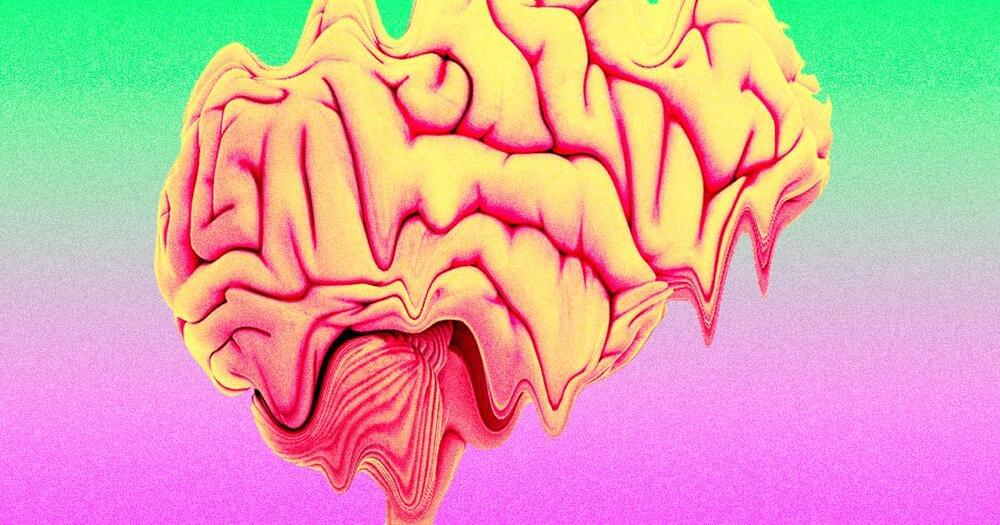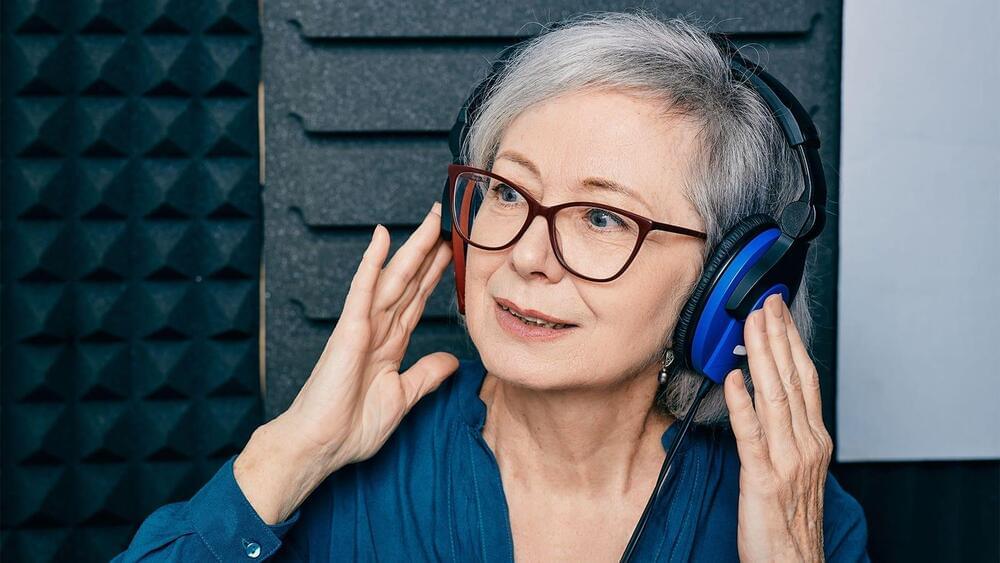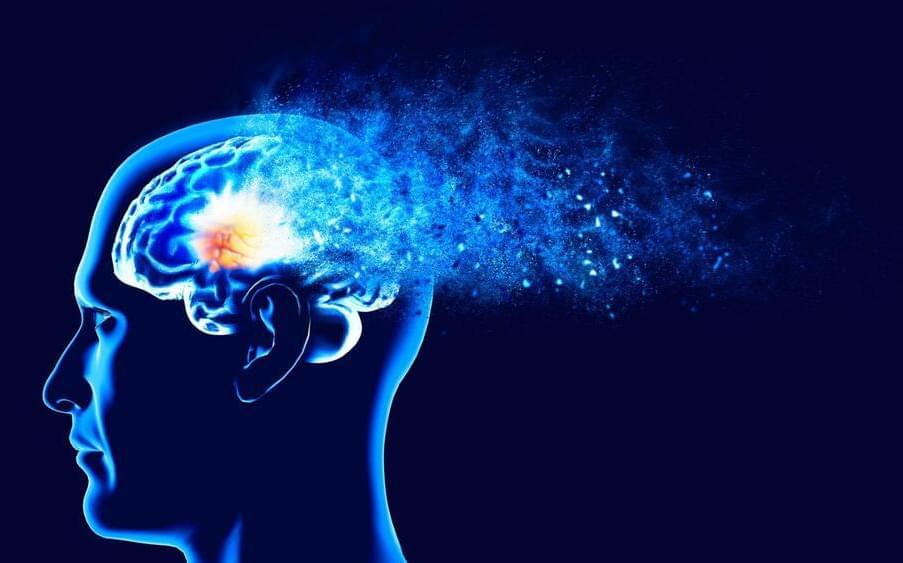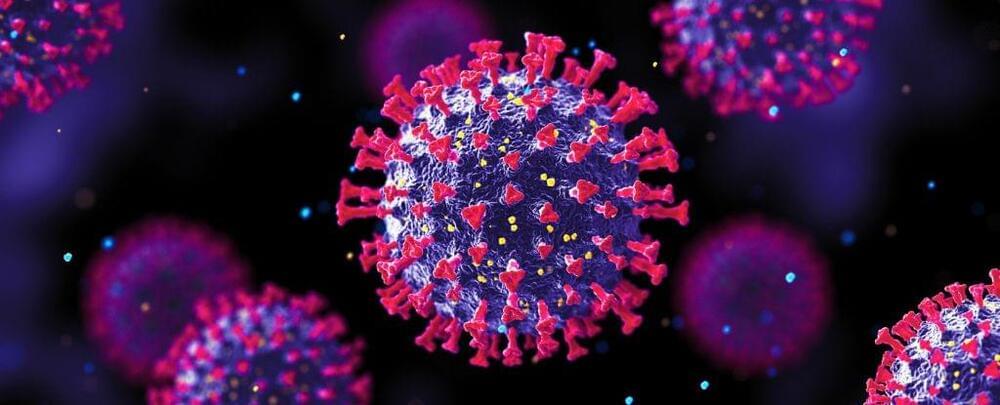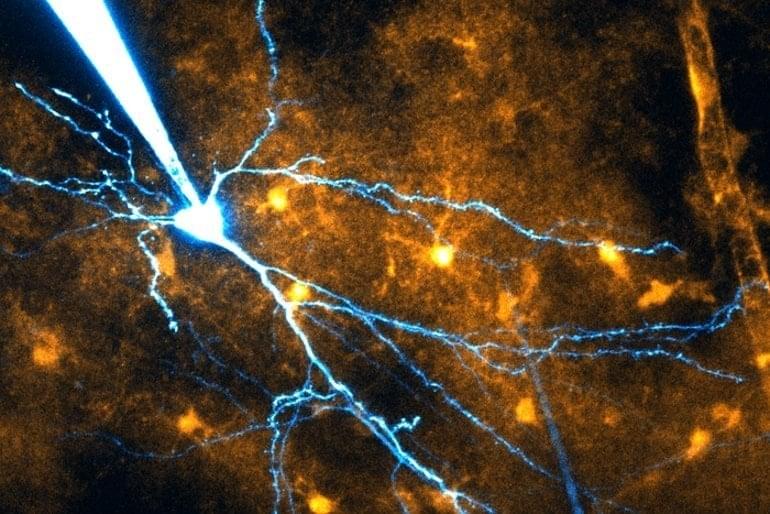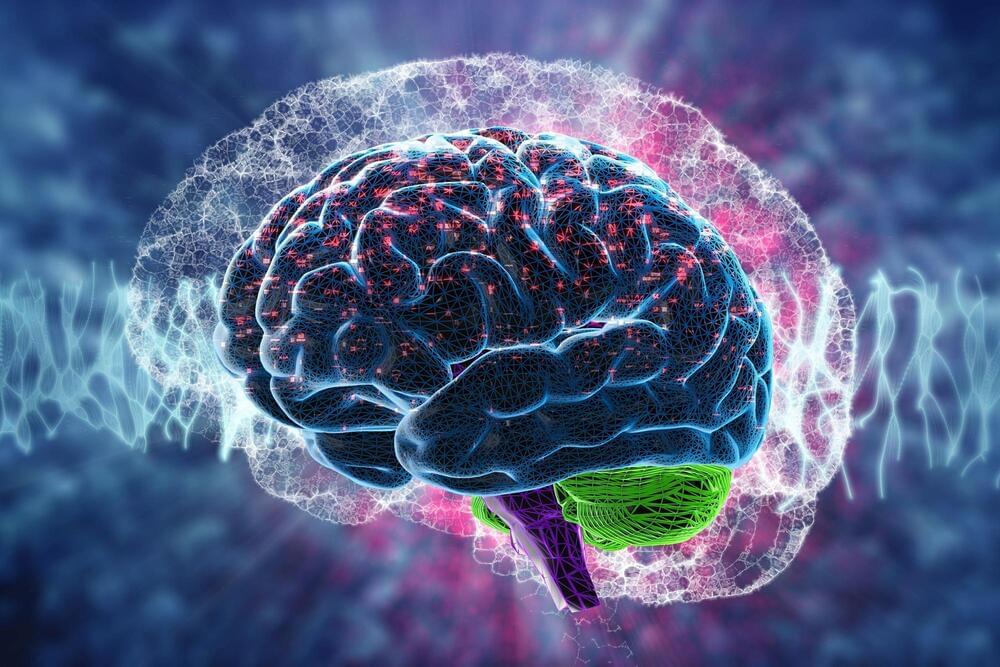Insightfulness might play a critical role in the ability to assess the accuracy of information, according to new research published in the journal Thinking & Reasoning. The study found that people with greater insight-based problem solving skills were less likely to fall for fake news.
With rise of the internet and social media, susceptibility to misinformation has become of increasing concern. The authors of the new research sought to better understand the cognitive mechanisms associated with believing in misinformation. They were particularly interested in the role of insight-based problem solving.
“I’m a neuroscientist and study the neural correlates of creativity and idea generation, specifically how we generate ideas accompanied by ‘Aha! moments’ i.e., insights,” said study author Carola Salvi, a professor at the John Cabot University of Rome and an associate faculty member at the University of Texas at Austin. “In this study, we investigated the relationship between insightfulness and aspects of social reasoning, such as believing in fake news, overclaiming, and bullshit.”

